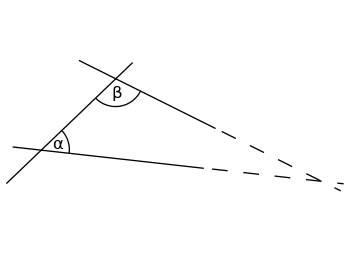If we acknowledge non-European sources of mathematics, students will have more opportunities to be exposed to various approaches of solving or proving a mathematical topic. The article "Was Pythagoras Chinese - Revisiting an Old Debate" shows us the Chinese-version proof of the a2+b2=c2 relationship. The proof that is exhibited by Zhoubi suanjing is different from the rigorous proof in The Elements and can be easily understood by students. Inspired by the method, students can learn how prove a geometric theorem with the help of grid. The article also demonstrates Chinese approaches to calculate the accuracy of π, which can be utilized when we teach the topic of circle in mathematics class. By looking at various methods developed by various civilizations can also enrich students' problem-solving techniques and broaden their views in the journey of mathematical study.
The Crest of the Peacock: Non-European Roots of Mathematics written by George Gheverghese Joseph has shown us a brand-new trajectory of the development of mathematics. Many notable mathematical ideas including arithmetic sequence, sexagesimal system, Pythagorean theorem, Pascal's triangle might actually develop independently from various ancient civilizations [1][2]. For example, the gou-gu theorem referred to as Pythagorean theorem in the Western World, which was composed into Zhoubi suanjing, can be likely discovered independently around 600 BC according to contextual evidence [2]. Moreover, "historians have been unable to verify it was actually Pythagoras who performed the proof" [2]. Therefore, it might be misleading and problematic if some of the theorem and concepts like Pythagorean theorem in the textbook are named after people who might be actually not the inventor. If we as teachers do not explain the controversial background story about the naming to our students, they will presume that the name in the theorem is the inventor's name and will be limited by the Eurocentric lens while looking back the history of mathematics.


Great post! I appreciate your mathematical examples to illustrate points.
ReplyDelete